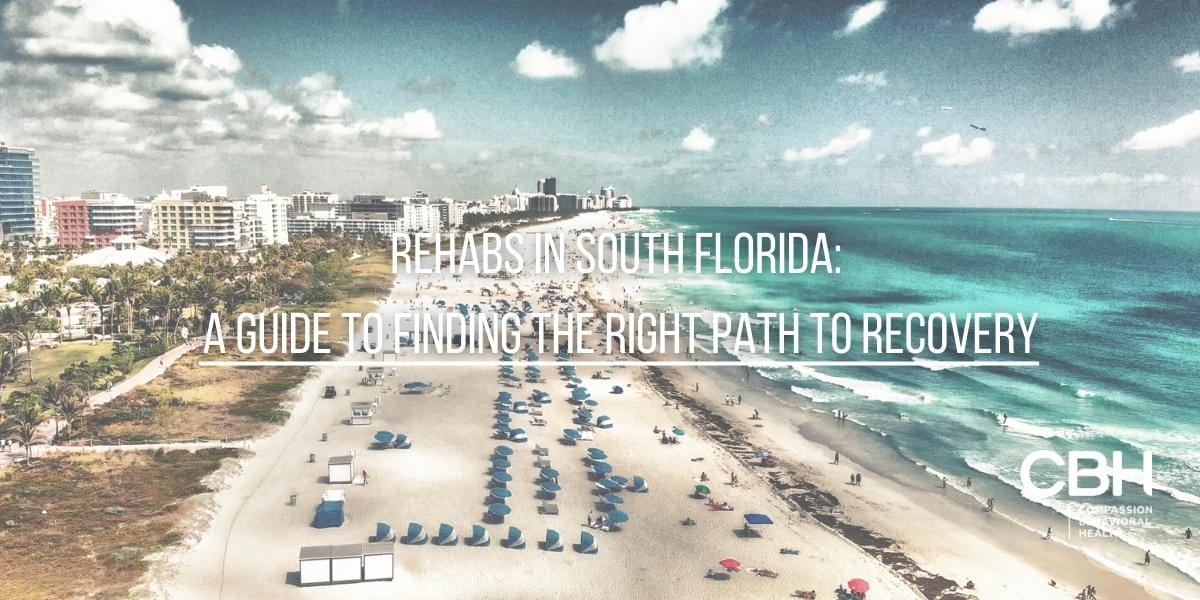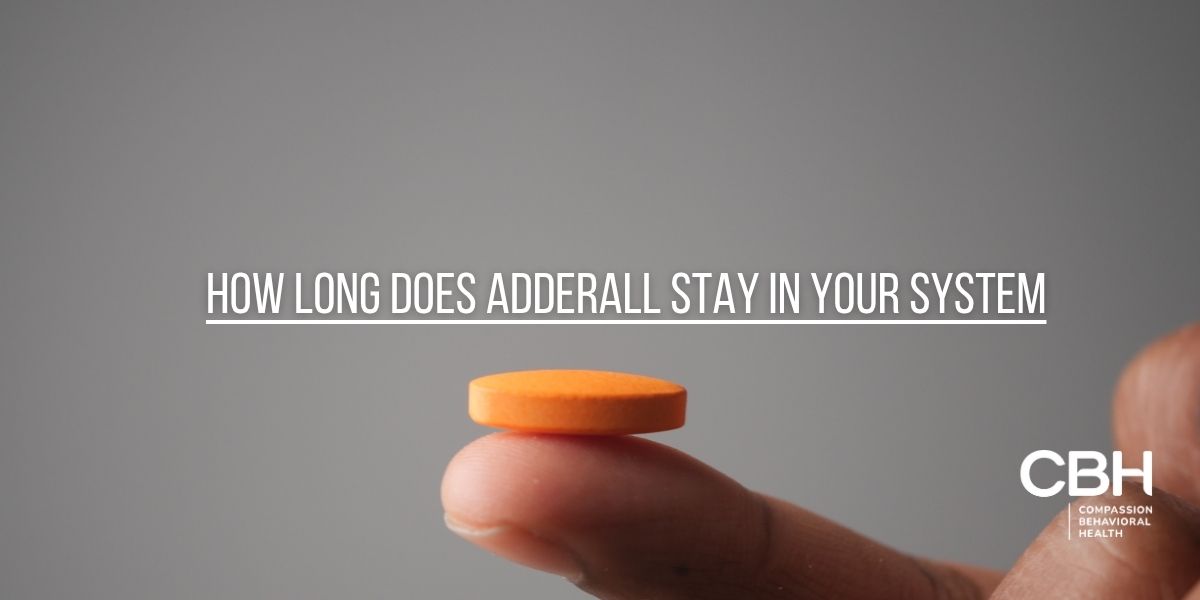Summary: In this guide, we will delve into everything about liquid heroin – its basics, chemical composition, production process, effects on the body, legal aspects, and treatment options for heroin addiction. By understanding this dangerous substance, we hope to shed light on its risks and provide information for those seeking help or knowledge about liquid heroin.
Understanding the Basics of Liquid Heroin
A potent and highly addictive opioid, liquid heroin is a dangerous substance that has gained notoriety in recent years. In order to fully comprehend the risks associated with it, it is crucial to understand its chemical composition and origins.
The Chemical Composition of Liquid Heroin
Liquid heroin, also known as diacetylmorphine, is derived from the opium poppy plant. It belongs to the opioid family, which includes substances like morphine and codeine. The chemical structure of liquid heroin allows it to rapidly cross the blood-brain barrier, leading to its intense effects and high potential for heroin addiction.
When liquid heroin is ingested, it is metabolized into morphine in the body. Morphine then binds to opioid receptors in the brain, spinal cord, and other organs, resulting in a powerful analgesic and euphoric effect. This rapid and intense interaction with the central nervous system is what makes liquid heroin so addictive.
Moreover, liquid heroin is often mixed with other substances, such as powdered milk or sugar, to increase its volume and profitability on the black market. These adulterants can further complicate the effects and risks associated with its use.
The Origin and History of Liquid Heroin
The use of opium as a pain reliever dates back centuries, and liquid heroin is a derivative of this longstanding tradition. Initially developed in the late 19th century, liquid heroin was marketed as a cough suppressant and painkiller. However, its addictive properties soon became evident, and it was classified as a Schedule I controlled substance.
During World War I, liquid heroin was used as a battlefield analgesic to alleviate the severe pain experienced by wounded soldiers. However, the widespread use of liquid heroin among soldiers led to a significant increase in addiction rates and subsequent efforts to control its availability.
Over the years, the illicit production and distribution of liquid heroin have become a major concern for law enforcement agencies worldwide. The drug is often smuggled across borders, hidden in various forms to evade detection. The illicit trade in liquid heroin not only fuels addiction and overdose rates but also contributes to organized crime and violence.
Efforts to combat the liquid heroin epidemic include public education campaigns, stricter regulations on prescription opioids, and increased access to addiction treatment services. However, the allure of liquid heroin’s intense high and its ability to temporarily alleviate physical and emotional pain continue to make it a significant public health challenge.
The Process of Making Liquid Heroin
Creating liquid heroin involves a combination of specific ingredients and a complex production process. However, it is essential to note that manufacturing this illicit substance is illegal and poses significant risks to both the producer and the user.
While the process of making liquid heroin may vary, it generally starts with obtaining the necessary ingredients. The key components used in the production of liquid heroin include morphine, acetic anhydride, and other chemicals. These ingredients are often obtained through illicit means, contributing to the dangerous nature of the entire process.
Illicit production of liquid heroin typically takes place in clandestine laboratories, hidden away from the prying eyes of law enforcement. To avoid detection, these makeshift labs are often set up in remote locations, such as abandoned buildings or underground bunkers. However, the conditions in these labs are far from ideal, leading to additional dangers.
Ingredients Involved in the Production
Morphine, a powerful opiate derived from the opium poppy, serves as the primary ingredient in liquid heroin production. This potent substance is extracted from opium through a series of chemical processes, which can be highly complex and require specialized knowledge.
Acetic anhydride, another crucial component, is used to convert morphine into diacetylmorphine, the chemical name for heroin. This process, known as acetylation, involves adding acetic anhydride to morphine and subjecting the mixture to specific conditions, resulting in the formation of diacetylmorphine.
However, it is important to highlight that the production of liquid heroin is not a precise science. Illicit manufacturers often lack the necessary equipment and expertise to ensure the quality and purity of the final product. As a result, the liquid heroin produced in these clandestine labs can vary significantly in potency and consistency, making it even more dangerous for users.
The Dangers of Homemade Liquid Heroin
Attempting to make liquid heroin at home is extremely hazardous and should never be considered. The process involves handling volatile chemicals, which can lead to explosions, fires, and severe injuries. The risk of accidental exposure to toxic substances is also high, putting the health and safety of the producer at great risk.
Moreover, the lack of proper quality control measures in homemade liquid heroin production increases the likelihood of adverse effects. The potency of the substance can vary greatly from batch to batch, making it challenging for users to gauge the appropriate dosage. This unpredictability significantly raises the risk of overdose, which can have fatal consequences.
Furthermore, the production of liquid heroin is not only dangerous for the individuals involved but also for the community at large. The presence of clandestine laboratories poses a significant threat to public safety. The volatile nature of the chemicals used, combined with the potential for accidents or explosions, puts nearby residents and law enforcement officers at risk.
In conclusion, the process of making liquid heroin involves a complex series of steps and the use of specific ingredients. However, it is crucial to emphasize that engaging in such illegal activities is highly dangerous and illegal. The risks associated with homemade liquid heroin production, including the potential for explosions, fires, and severe injuries, as well as the unpredictable potency of the final product, make it clear that this is a perilous endeavor that should be avoided at all costs.
The Effects of Liquid Heroin on the Body
The consumption of liquid heroin has profound and wide-ranging effects on both the physical and psychological well-being of individuals. Understanding these effects is crucial for recognizing the dangers associated with this substance.
Short-Term Physical and Psychological Effects
When consumed, liquid heroin rapidly binds to opioid receptors in the brain, resulting in a euphoric rush combined with a general sense of relaxation and numbness. However, short-term effects can also include drowsiness, impaired cognition, decreased respiratory function, and a suppressed immune system.
Long-Term Health Consequences
Long-term use of liquid heroin poses significant risks to both physical and mental health. Chronic use can lead to an array of medical issues, including liver and kidney damage, heart problems, respiratory disorders, and increased susceptibility to infectious diseases. Additionally, prolonged use can cause severe psychological dependence, leading to a spiral of addiction and impaired daily functioning.
The Legal Aspects of Liquid Heroin
The production, possession, and distribution of liquid heroin are strictly regulated due to its potential for abuse and harm. Laws and regulations governing liquid heroin vary across countries, and penalties for involvement with this substance can be severe.
Laws and Regulations Around the World
While some countries have implemented more lenient approaches toward drug use, many have stringent laws in place to combat the production and distribution of liquid heroin. These laws aim to protect public health and reduce the prevalence of addiction.
Penalties for Possession, Use, and Distribution
Penalties for involvement with liquid heroin range from fines to imprisonment, depending on the jurisdiction and the nature of the offense. Understanding the legal consequences helps individuals recognize the gravity of their actions and can serve as a deterrent.
Treatment Options for Liquid Heroin Addiction
For individuals struggling with liquid heroin addiction, seeking professional help is essential in overcoming this dangerous dependency. Various treatment options are available, focusing on detoxification, withdrawal management, therapy, and rehabilitation.
Detoxification and Withdrawal Management
Undergoing detoxification in a supervised medical setting is the first step towards recovery. This process helps individuals safely overcome withdrawal symptoms, which can be intense and challenging. Medications and support from healthcare professionals play a critical role in managing withdrawal and minimizing discomfort.
Therapy and Rehabilitation Programs
Therapy, including individual counseling and group support, is a crucial component of treatment for liquid heroin addiction. These programs help individuals address the underlying causes of their addiction, develop coping strategies, and rebuild their lives. Rehabilitation programs typically include a combination of behavioral therapies, lifestyle changes, and ongoing support to promote long-term recovery.
By delving into the world of liquid heroin in this guide, we hope to raise awareness about this dangerous substance and emphasize the importance of prevention and treatment. Understanding the chemical composition, production process, effects on the body, legal implications, and available treatment options is crucial in tackling the complex issue of liquid heroin addiction. Let us strive to support those affected, challenge misconceptions, and work towards a healthier and safer society.
Liquid Heroin Addiction Treatment at CBH in South Florida
At CBH, we understand the gravity of the situation and are committed to providing the necessary resources and support for individuals and families affected by liquid heroin addiction. Our approach is centered on empathy and evidence-based practices, ensuring that those in need receive comprehensive care tailored to their unique circumstances. To connect with one of our admission team, call us at 844-503-0126 or contact us online today.



